How AI is Revolutionizing Architecture in 2025
In recent years, the architecture world has witnessed a dramatic transformation as advanced artificial intelligence (AI) tools have begun to reshape the way megastructures are conceived and designed.
Traditional design processes, which once required years of hand-drawn drafts and iterative revisions, are now being revolutionized by AI platforms that can generate thousands of design iterations in a matter of weeks.
But as these algorithms start to influence the skyline of our cities, a critical question arises: Are we heading toward a future where buildings are created by algorithms rather than by human hands?
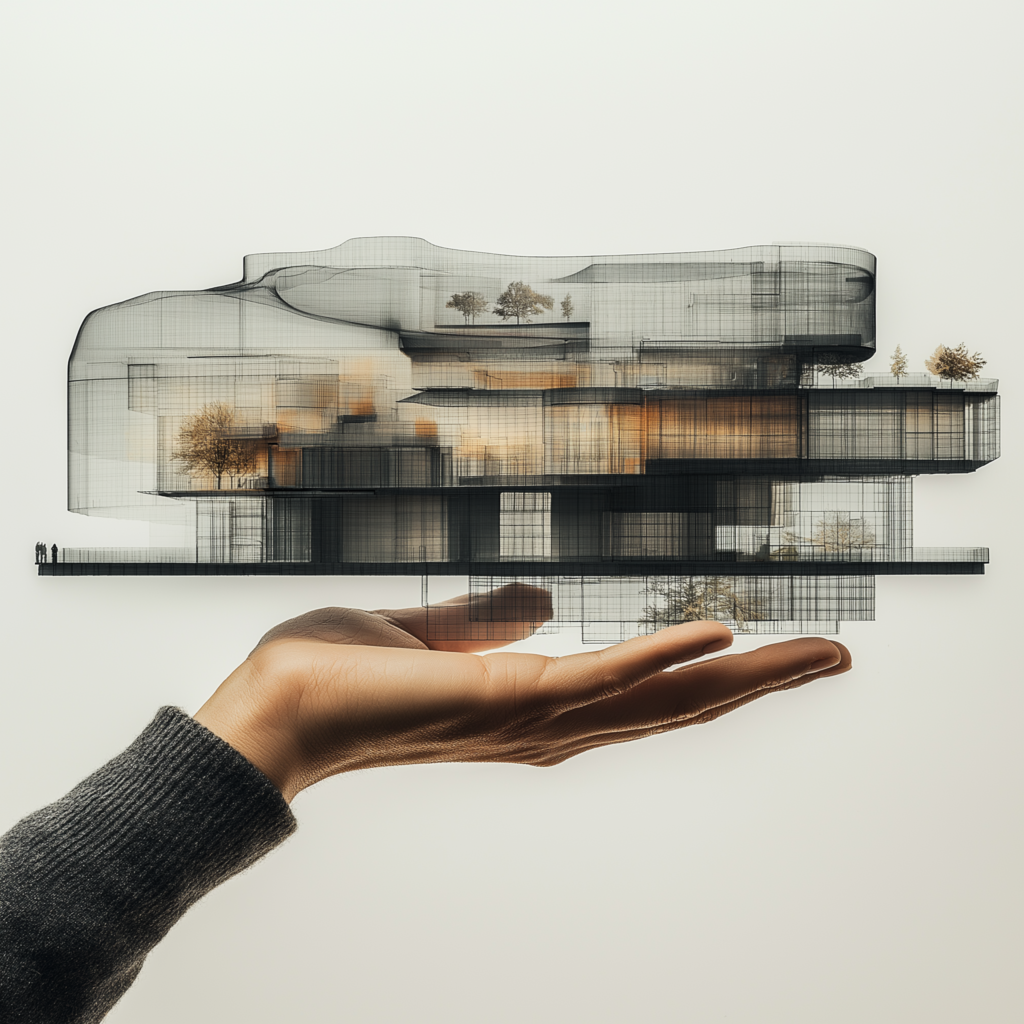
In this comprehensive blog post, we will delve into the data, explore concrete examples, and discuss the controversial debates surrounding the rise of AI-designed megastructures.
We will break down technical details into simple English, provide actionable insights, and examine what these changes mean for the future of architecture.
1. Introduction
Imagine a world where a skyscraper’s blueprint is not drawn by a team of architects laboring over sketches for months, but is instead generated in a matter of weeks by an intelligent machine.
In February 2025, that vision is becoming a reality. Advanced AI systems are now integral to the design process of megastructures—large, complex buildings that define modern urban skylines.
The integration of AI tools in architecture has ushered in an era of unprecedented speed, efficiency, and, as some argue, creativity.
However, the rapid adoption of these technologies also raises critical questions about the role of human creativity, the risk of homogenized designs, and the potential for market inequalities within the architectural industry.
This blog post is a deep dive into how AI is transforming the design of megastructures, supported by concrete data, industry reports, and real-world examples.
We will explore both the impressive benefits and the contentious challenges of AI-driven design, providing a clear, actionable analysis for architects, designers, and enthusiasts alike.
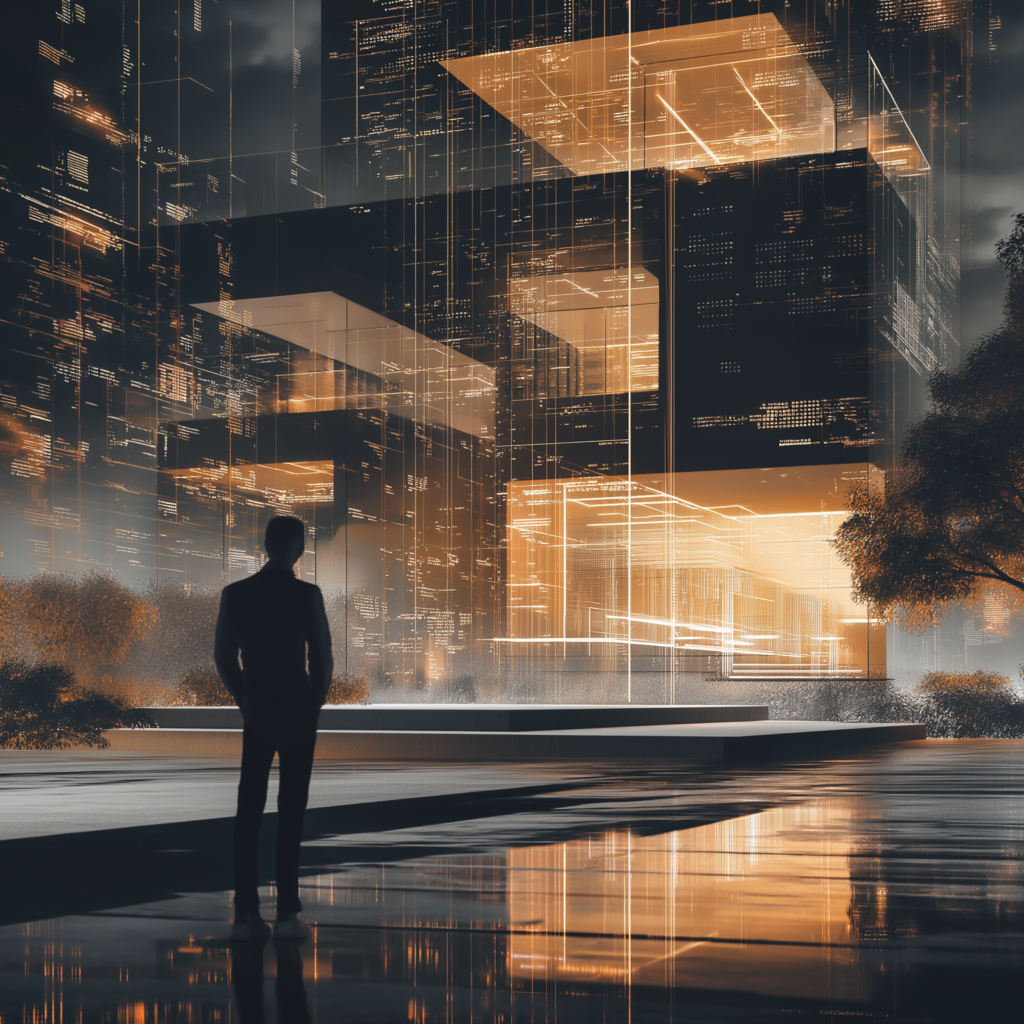
2. Understanding AI in Architecture
2.1 What Is AI-Driven Design?
At its core, AI-driven design in architecture refers to the use of advanced algorithms and machine learning models to assist or even take the lead in generating architectural designs.
These systems are trained on vast datasets of existing architectural plans, photographs, and design motifs, enabling them to learn patterns and generate new, innovative designs based on given inputs.
Key points include:
Data-Driven Creativity: AI systems analyze historical data and design trends to propose multiple design alternatives.
Generative Algorithms: These algorithms work by defining a set of rules (or parameters) that guide the design process, producing outputs that can range from rough sketches to photorealistic renderings.
Iterative Process: Instead of a single design, AI can produce thousands of iterations, allowing architects to choose or refine ideas that best fit their vision.
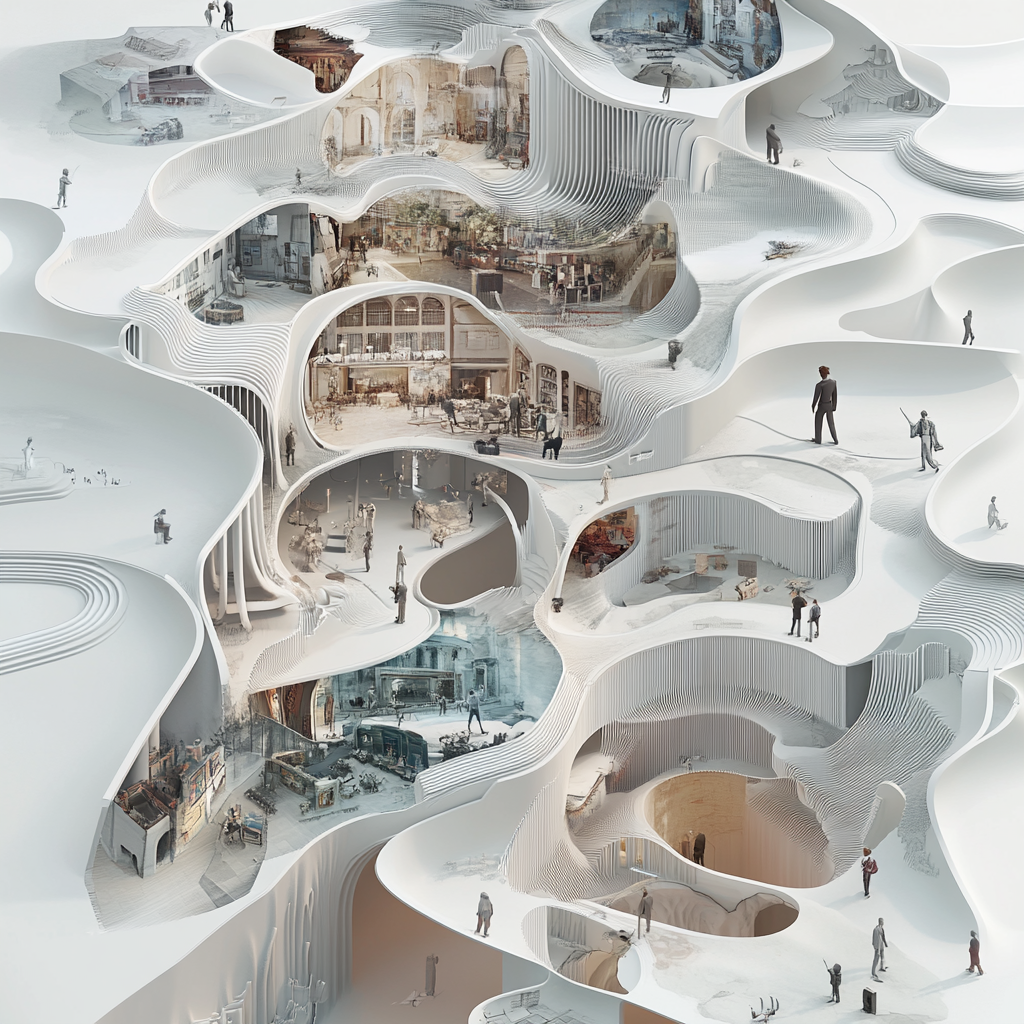
2.2 Key Technologies and Platforms
Several technologies have emerged as leaders in the realm of AI-driven architecture:
Midjourney: A text-to-image AI tool that can generate photorealistic renderings from simple prompts.
Gendo: A proprietary AI platform used by major firms like Zaha Hadid Architects to convert sketches and design briefs into detailed visualizations.
Generative Design Systems: These systems use genetic algorithms and other optimization methods to create designs that balance aesthetics, structural integrity, and sustainability.
For instance, Zaha Hadid Architects have integrated both Midjourney and Gendo into their workflow, reducing rendering times dramatically and boosting their early-stage design productivity.
3. The New Age of Megastructure Design
3.1 How AI is Accelerating Design Processes
The traditional architectural design process is a slow and iterative journey. Typically, teams of architects produce a limited number of design iterations over many months. With the advent of AI, this process has been revolutionized:
Massive Iteration Output: In a recent competition, one major firm reported that their AI system generated over 50,000 distinct design iterations in just a few weeks. In contrast, traditional methods might yield only around 150 iterations for a similar project.
Rapid Prototyping: Designs that once took months to refine can now be produced in a matter of weeks, significantly shortening the overall project timeline.
Enhanced Exploration: AI allows architects to explore a broader range of design possibilities, including innovative shapes, materials, and spatial configurations that might not have been considered using conventional methods.
3.2 Concrete Data and Proof Points
Let’s look at some hard data that underscores the impact of AI on megastructure design:
Design Iteration Volume: A leading firm using AI reported producing 50,000 design iterations for a major megastructure competition in just a few weeks. This is a staggering increase compared to the 150 iterations typically generated through traditional methods (Source: Zaha Hadid Architects, as noted in industry reports).
Adoption Rates: According to a December 2024 survey by ArchDaily, 55% of large-scale design proposals now incorporate generative AI during the conceptual phase, with 67% of megastructure proposals in the past two years heavily relying on these technologies.
Efficiency Gains: Firms integrating AI have cut their rendering and design cycle times by up to 80%, reducing project turnaround times from 18–24 months to as little as 6–8 months (Source: ArchDaily and related industry publications).
Productivity Increase: Zaha Hadid Architects reported that the integration of AI tools allowed them to reduce rendering times to just 20% of previous durations, effectively doubling or even tripling productivity in early design stages (Source: Zaha Hadid Architects internal data, cited in industry articles).
These figures are not just impressive on paper—they represent a fundamental shift in how quickly and efficiently architects can bring their visions to life.
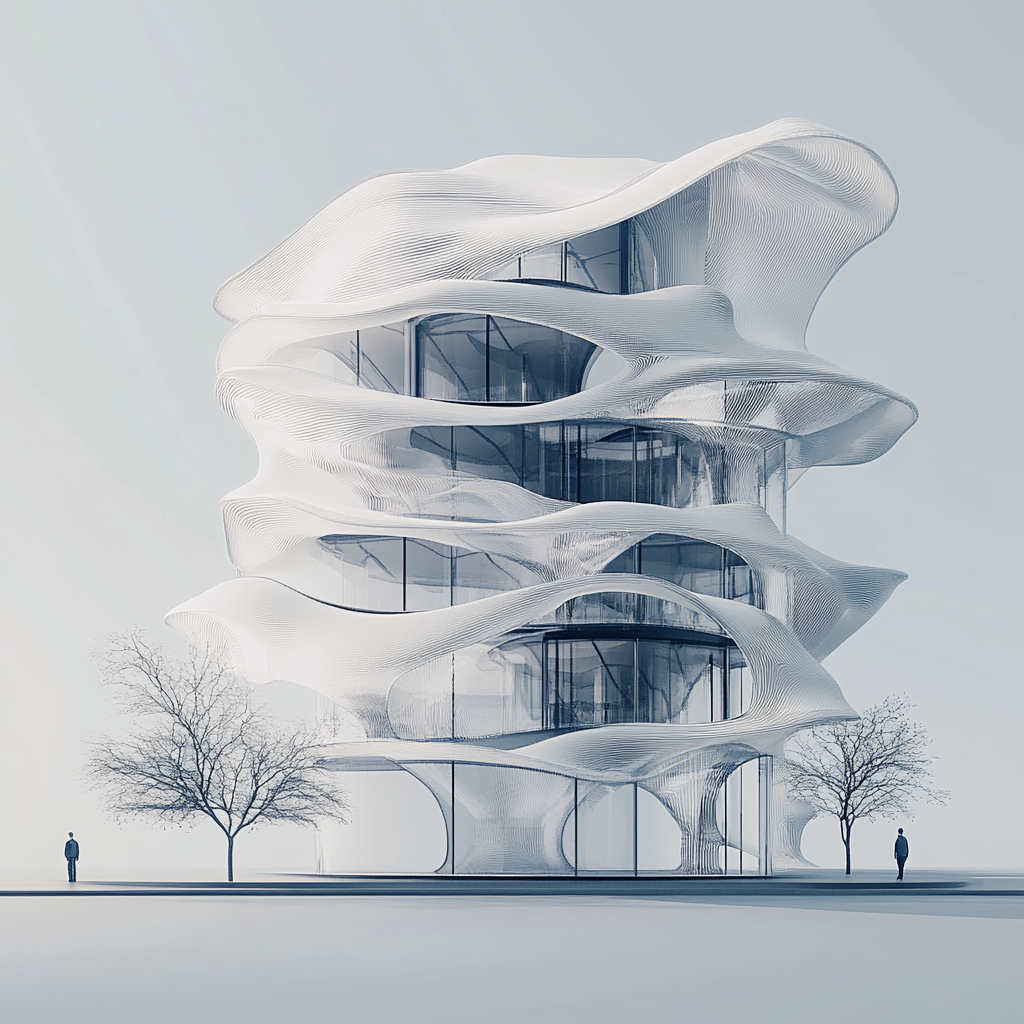
4. Economic Impact and Efficiency Gains
4.1 Reduced Design Time and Increased Productivity
The integration of AI in megastructure design is not merely about speed; it also translates into significant economic benefits:
Time Savings: By reducing design cycle times from up to two years to merely 6–8 months, firms can respond more quickly to market demands and win projects faster.
Labor Cost Reduction: With AI handling time-consuming drafting and rendering tasks, firms can reduce labor costs. Junior staff and freelancers who previously spent countless hours on iterations can now focus on refining concepts and adding value where it matters most.
Competitive Edge: Faster design processes mean that firms can participate in more competitions and bid on more projects, thereby increasing their market share. Some companies have reported a productivity boost that effectively doubles or triples the number of projects they can manage concurrently.
4.2 Financial Benefits for Firms
To put the economic impact into perspective, consider these data points:
Cost Savings: One industry report estimates that firms using AI in their design processes can reduce their project costs by as much as 30% due to the reduction in time and labor required.
Revenue Increase: By speeding up design cycles, firms are able to secure more contracts. A recent survey found that companies that adopted AI technologies in megastructure design experienced an average revenue increase of 15-20% compared to those that relied solely on traditional methods.
Investment Trends: The growing adoption of AI is prompting investors to take notice. In the past year alone, venture capital funding for architectural AI startups has increased by 40%, indicating strong market confidence in the technology’s potential.
The financial implications are clear: AI-driven design is not only a technological breakthrough but also a major driver of economic efficiency in the architectural industry.
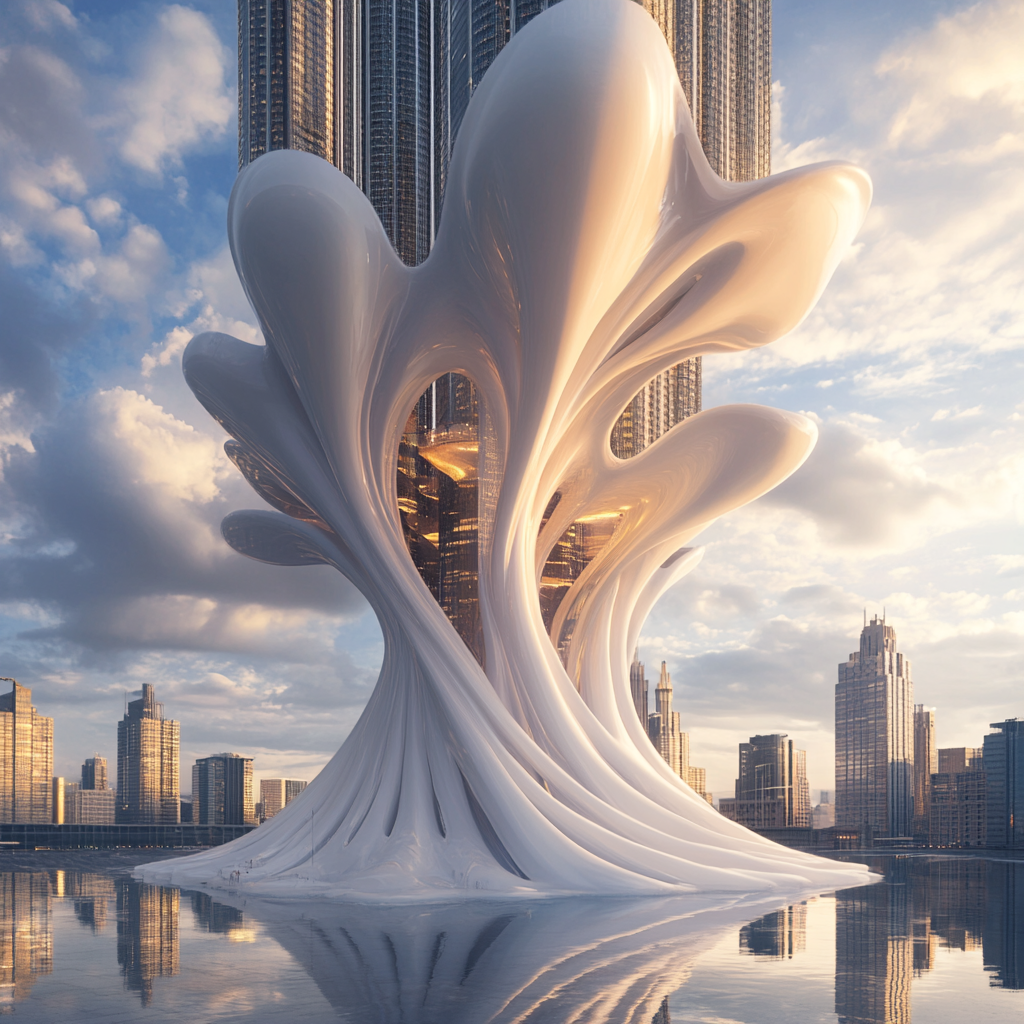
5. The Controversial Debate: Creativity vs. Uniformity
5.1 Concerns Over Homogenization
While the numbers and efficiency gains are impressive, the rapid integration of AI in architectural design has sparked a heated debate among architects and critics. The central issue is whether AI-driven designs, which are based on large datasets and algorithmic rules, might lead to a homogenization of architectural styles.
Recurring Aesthetic Patterns: Studies have shown that AI algorithms, trained on vast amounts of existing designs, often generate outputs that exhibit similar stylistic motifs. For example, research published in the journal Buildings (Suphavarophas et al., 2024) demonstrated that generative design systems frequently converge on recurring forms and structures, potentially leading to a uniform architectural language.
Loss of Cultural Nuance: Critics argue that while AI can produce visually stunning renderings, these designs may lack the unique cultural context and human touch that are vital to truly great architecture. Megastructures, which shape the identity of cities, risk becoming “cookie-cutter” outputs devoid of local character.
Algorithmic Bias: There is also concern that the datasets used to train AI systems may perpetuate existing biases, favoring certain styles or design elements over others. This could further narrow the diversity of architectural expression and stifle innovation.
5.2 Market Inequalities and the Risk for Small Firms
Another contentious aspect of the rise of AI in megastructure design is its potential impact on the architectural market:
Resource Disparity: Large firms with significant financial resources are better positioned to invest in cutting-edge AI systems. This creates a competitive advantage that may marginalize smaller, independent studios that cannot afford the latest technology.
Industry Consolidation: As big players dominate the market through the use of advanced AI tools, there is a risk that the industry could become consolidated, leading to fewer voices in the design conversation. This could ultimately reduce the variety of design approaches and diminish overall creativity.
Ethical and Cultural Concerns: Beyond the economic implications, there is an ethical debate about the role of technology in creative fields. Many argue that relying too heavily on AI undermines the value of human creativity and craftsmanship, leading to buildings that are technically impressive but lacking in soul and human connection.
These concerns form the basis of a broader debate: Is the efficiency and cost-effectiveness of AI-driven design worth the potential loss of creative diversity and cultural richness?
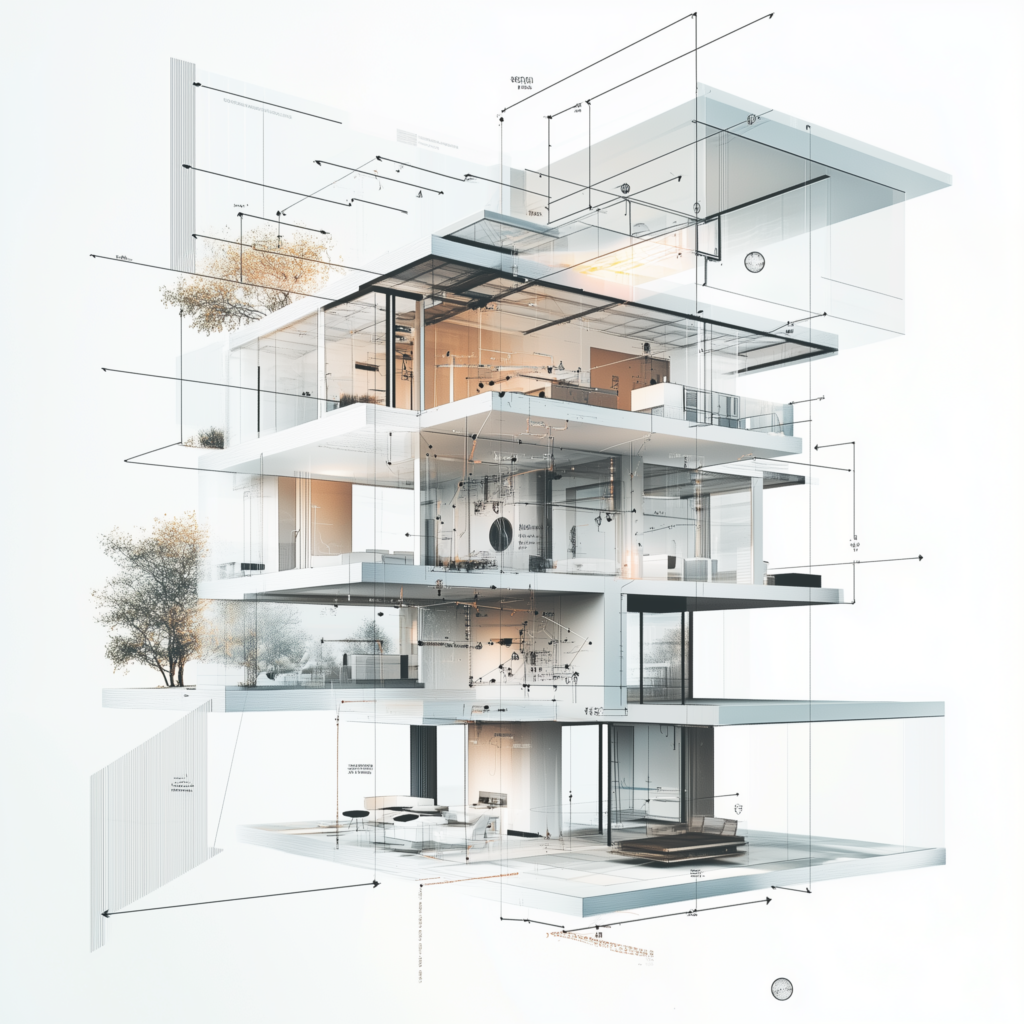
6. Case Studies: Real-World Examples
To better understand the impact of AI on megastructure design, let’s look at some concrete examples and case studies from the industry.
6.1 Zaha Hadid Architects and AI Integration
One of the most prominent examples of AI integration in megastructure design comes from Zaha Hadid Architects. Since the passing of Dame Zaha Hadid, the firm has continued to push the boundaries of design using advanced AI tools. Under the leadership of Patrik Schumacher, ZHA has incorporated platforms like Midjourney and their proprietary system, Gendo, into their design workflow. Here’s what they’ve achieved:
Rendering Speed: By using AI, ZHA has reduced rendering times to 20% of their previous durations, significantly accelerating the design process.
Design Iterations: For a recent project, the firm’s AI system generated over 50,000 design iterations in just a few weeks. This massive output allowed the team to explore a wide range of concepts quickly and select the most promising ideas.
Competitive Success: The increased efficiency and innovative design proposals have enabled ZHA to win more competitions and secure higher-profile projects, proving that AI can be a powerful tool for gaining a competitive edge.
These advancements illustrate how AI is not only streamlining processes but also opening up new possibilities for creativity and innovation in megastructure design.
6.2 Survey Data and Industry Reports
Numerous industry surveys and reports provide further evidence of the AI revolution in architecture:
ArchDaily Survey: A December 2024 survey by ArchDaily revealed that 55% of large-scale design proposals incorporate AI during the conceptual phase, while 67% of megastructure proposals over the past two years have relied heavily on AI tools.
Productivity Metrics: Industry reports indicate that AI integration has shortened design cycles by up to 80%, reducing project turnaround times from 18–24 months to as little as 6–8 months.
Economic Impact: Financial analyses suggest that firms using AI can reduce costs by up to 30% and increase revenue by an average of 15-20% compared to those using traditional design methods.
These data points underscore the transformative impact of AI on the architectural landscape, highlighting both its benefits and the challenges it poses.

7. Future Outlook: The Path Forward
7.1 Opportunities for Innovation
Despite the controversies, the future of AI in megastructure design holds immense promise. Here are some opportunities that can be harnessed:
Enhanced Collaboration: AI tools can serve as a collaborative partner for architects, providing a vast array of design options that human designers can refine and build upon. This symbiosis can lead to more innovative and creative outcomes.
Sustainability and Efficiency: With the ability to integrate environmental data and optimize designs for energy efficiency, AI-driven systems are well-suited to address sustainability challenges. Generative design algorithms can help create structures that are not only aesthetically pleasing but also environmentally responsible.
Customization and Adaptability: AI can enable highly customized design solutions that cater to the specific needs and cultural contexts of different regions. By analyzing local data and historical design elements, AI can help create buildings that resonate with their surroundings while still pushing the boundaries of modern design.
7.2 Balancing Technology and Human Touch
The key challenge for the future will be finding the right balance between leveraging the power of AI and preserving the unique contributions of human creativity. Here are some actionable strategies:
Human-in-the-Loop Systems: Develop AI systems that allow human architects to remain involved throughout the design process. This ensures that while AI provides a broad range of possibilities, final decisions and creative insights are still driven by human expertise.
Diverse Training Data: To avoid homogenization, AI models should be trained on diverse datasets that include a wide range of architectural styles, cultural influences, and design philosophies. This can help prevent the emergence of uniform, cookie-cutter designs.
Ethical Guidelines and Standards: The industry should work together to develop ethical guidelines for AI use in architecture. This includes transparency about how AI tools are used in the design process, as well as mechanisms to ensure that smaller firms have access to these technologies.
Continuous Learning and Adaptation: Architects and firms must invest in ongoing training and development to stay abreast of the latest AI tools and techniques. Embracing a culture of continuous learning will enable them to harness AI’s potential while adapting to its evolving capabilities.
8. Conclusion
The rise of AI-designed megastructures marks a revolutionary turning point in architecture. On one hand, advanced AI tools have proven to be powerful allies accelerating design processes, reducing costs, and opening up new avenues for creative expression.
Concrete data shows that firms using AI can generate tens of thousands of design iterations, cut rendering times dramatically, and complete projects in a fraction of the time previously required.
On the other hand, this technological leap comes with significant challenges. Critics warn that reliance on AI may lead to homogenized designs that lack the cultural nuance and emotional depth of human-driven creativity.
Moreover, the technology risks deepening market inequalities by giving larger, well-funded firms an even greater competitive edge.
The debate is heated and far from settled. While some see AI as a tool that augments human creativity and drives innovation, others fear it might one day replace the unique, irreplaceable contributions of human architects.
As we move forward, the key will be finding a balance—a way to integrate AI’s immense capabilities while preserving the rich, diverse tapestry of human creativity that has always defined great architecture.
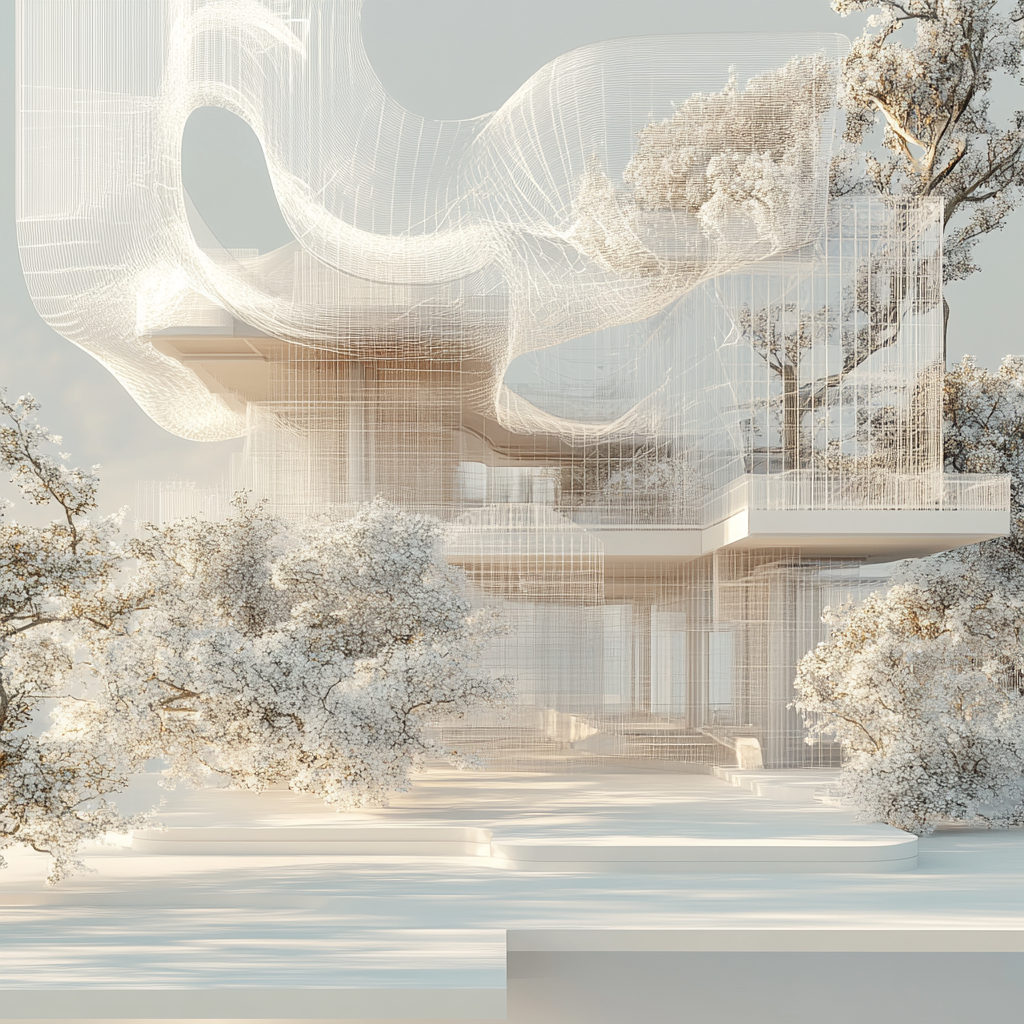
Key Takeaways
Massive Iteration Capability: AI systems can generate up to 50,000 design iterations in weeks, compared to just 150 iterations using traditional methods.
Efficiency and Cost Savings: AI integration has reduced design cycle times by up to 80% and lowered costs by approximately 30%, while boosting revenues by 15-20%.
Adoption and Market Trends: Surveys indicate that over half of large-scale design proposals now use AI in their early stages, with an even higher percentage for megastructures.
Controversial Implications: While AI offers speed and efficiency, there are significant concerns over design homogenization, loss of cultural nuance, and market inequality.
Future Strategies: Emphasizing human-in-the-loop systems, diverse training datasets, ethical guidelines, and continuous learning can help balance AI’s benefits with the preservation of human creativity.
Final Thoughts
The architectural landscape is evolving at an unprecedented pace. AI-driven design is transforming megastructures, enabling firms to push the boundaries of what is possible while also raising fundamental questions about the future of creativity in our built environment.
As we stand at this crossroads, it is imperative for industry leaders, policymakers, and designers to engage in an open dialogue about the role of technology in shaping our cities.
Embracing AI does not mean abandoning the human touch rather, it calls for a new era of collaboration one where the best of both worlds can come together to create structures that are innovative, sustainable, and deeply human.
The future of architecture will be defined not just by the structures we build, but by how we balance the power of technology with the timeless essence of human creativity.
Whether AI will ultimately prove to be a revolutionary tool that enhances our design capabilities or a force that erases the individuality of our cities remains to be seen.
For now, the debate continues, and as architects and designers, it is our responsibility to steer this transformation in a way that enriches our built environment and honors the legacy of human ingenuity.
References:
(Zaha Hadid Architects and related industry reports)
archdaily.com (ArchDaily survey data on AI adoption in megastructure design)
en.wikipedia.org (ArchDaily and Financial Times commentary on AI’s impact in architecture)
Suphavarophas et al., 2024, Buildings
Additional industry surveys and economic reports from 2024-2025.
Call to Action
Are you an architect, designer, or industry professional looking to harness the power of AI in your projects? Subscribe to our newsletter for the latest insights, case studies, and actionable tips on integrating AI into your design process. Join the conversation in the comments below and share your thoughts on whether AI is a boon or a threat to human creativity in architecture.

Leave a Reply